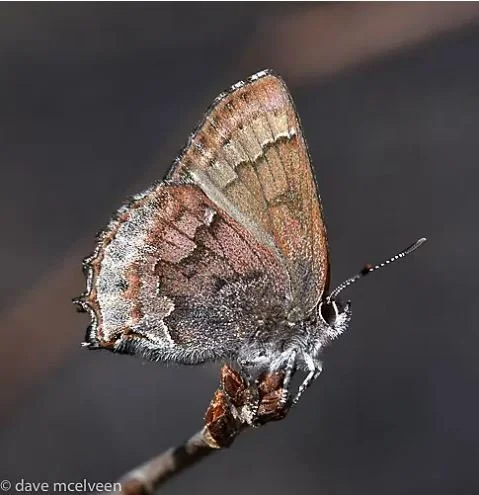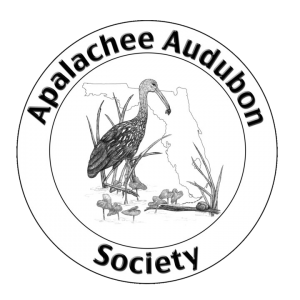Frosted Elfin, photo by Dave McElveen
4:00 PM, Informal birding & socializing (Bring your binoculars!)
5:30 PM, Dinner
6:15 PM, Presentation
Here are the logistics:
GATHER at Tall Timbers as early as 4:00 PM for informal birding and socializing. Do bring your binoculars!
SUPPER will be served at 5:30 PM so please have your covered dish, one per person or family, there by that time. Please bring a serving spoon. Label your serving dishes and spoons. Please also bring an index card with the name of your covered dish. Mention on the card whether it is vegan, vegetarian, gluten free or if it has nuts in it. AAS will supply ice cold minted water, sparkling water and beer.
LET’S SEE HOW LITTLE WASTE WE GENERATE Each person should bring their own plate, bowl, utensils and cup or water bottle. If you forget, we will have extras on hand. We also recommend bringing a cloth napkin and a washable cloth bag in which to stow your used dishes. Sustainability starts with us. We’re looking forward to seeing you there.
The presentation will begin at 6:15 PM and you are welcome to join us for that if you can’t make it to the dinner.
Jacob Ney at Tall Timbers watches over a fire conducted over butterfly pupae. Some butterflies bury themselves into the ground to escape fire but no one knows exactly how deep is safe for this imperiled species. Test burns conducted at Tall Timbers could provide answers.
Fire in the Hills: How Butterflies Evolved with Fire in the Red Hills Region
The biodiversity in the Red Hills Region is known as a global biodiversity hotspot and much of that diversity is due to fire. Butterflies, like most of our endemic species, have found ways of living with the fires that maintain this ecosystem. But unlike other animals, butterflies have complex life stages that each interact with fire in different ways. Using the frosted elfin and the king's hairstreak butterflies as examples, we'll see just how varied those mechanisms of survival can be.
Bios:
Robert Meyer preparing to transport Frosted Elfins to Georgia.
Rob Meyer: Originally from Buffalo New York, Rob Meyer is a wildlife scientist who has spent the last eight years studying various species in the southeast. Rob received his bachelor's degree from the College of Environmental Science and Forestry in Syracuse, New York before moving to the south to research rodents and woodpeckers. He was happily surprised to hear people would pay money for him to do so. His studies continued at Mississippi State University where he received his Masters in Wildlife working with the interaction of flying squirrels and Red-cockaded Woodpecker. Having now worked at Tall Timbers for several years he researches ecology as it relates to endangered and threatened species. He now studies everything from the squirrels and woodpeckers, to bats and butterflies. If it has wings, he will study it.
Dave McElveen
Dave McElveen: Dave earned his bachelor’s and master’s degrees. in Wildlife Ecology from the University of Florida and enjoyed a 30-year career as an alligator biologist, land management planner and Commission planning director for the Florida Fish and Wildlife Conservation Commission. After getting bored in retirement, he returned to his field biology roots thanks to Jim Cox and began volunteering with the Stoddard Bird Lab at Tall Timbers working on Bachman’s Sparrows and Brown-headed Nuthatches. Discovering a passion for butterfly conservation in 2015, he began researching the life history and conservation management of Frosted Elfin and, more recently, King’s Hairstreak butterflies as a Tall Timbers Research Associate.
Dave McElveen stalking a butterfly.






